Copyrighted Works in Classes

What are some of the situations in which you deal with third-party copyrighted works in your classes?
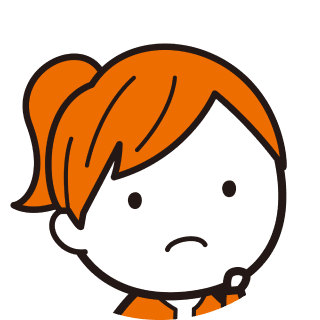
Use of text or illustrations in print or ...
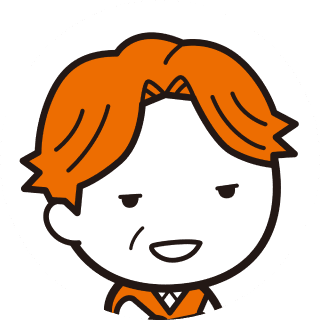
I sometimes use them in the slides I show in my class. I also use the LMS (Learning Management System) to distribute materials.

Dr. Konaka also writes on the board and reads to the students, right?
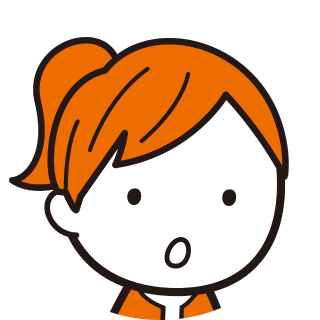
Oh, is that related to copyright too?

Writing on the board is related to reproduction rights, reading publicly is subject to recitation rights, and distributing materials in the LMS involves reproduction and public transmission rights.
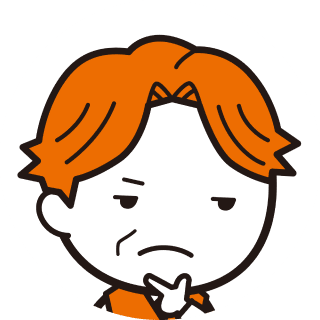
In "Chapter 1 Section 04 What is Copyright?" we were told that viewing and operating a website is a public communication.
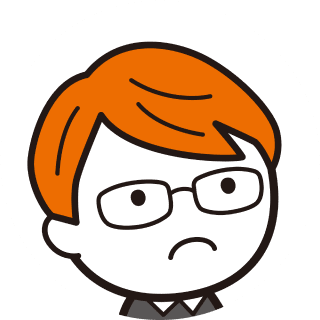
We have that, too. Also, there are times when we play videos in classes, and that involves on-screen presentation rights.

So, copyright involves many different rights.
In "Chapter 1, Section 04 What is Copyright?" we talked about available copyrighted works and limitations of rights. When handling a third party's copyrighted work in classes, it is necessary to confirm as shown in the "flow chart for handling copyrighted works in classes" below.
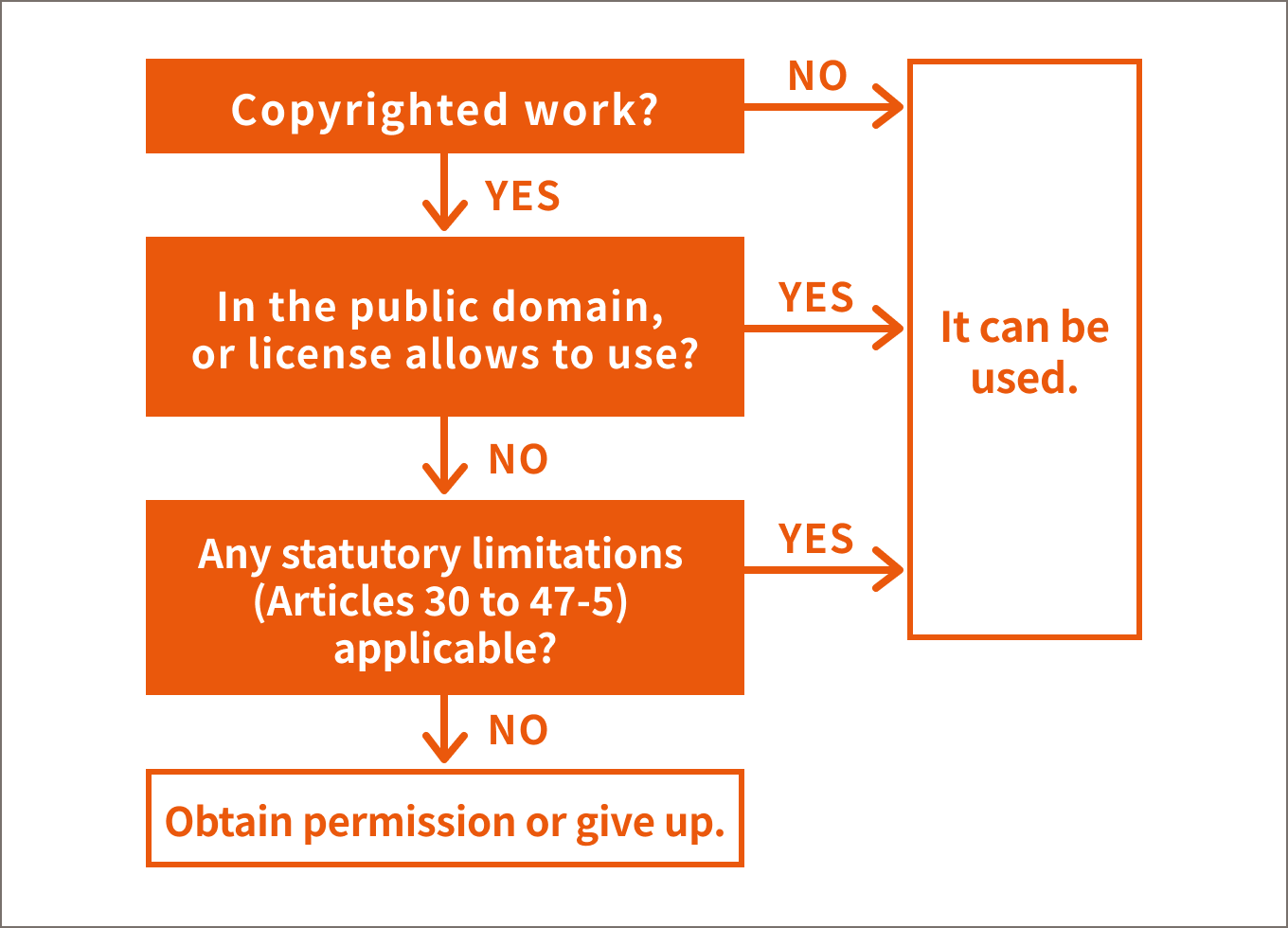
There are many provisions limiting rights, but in the classroom, it is recommended to keep in mind "Citation (Article 32(1))", "Reproduction, etc. in schools and other educational institutions (Article 35)", and "Non-profit on-screen presentation, etc. (Article 38)".
Article 38 can apply to many cases like the previous examples such as reading to a class or showing a video.
We explain Articles 32 and 35 in more detail in the following sections.


